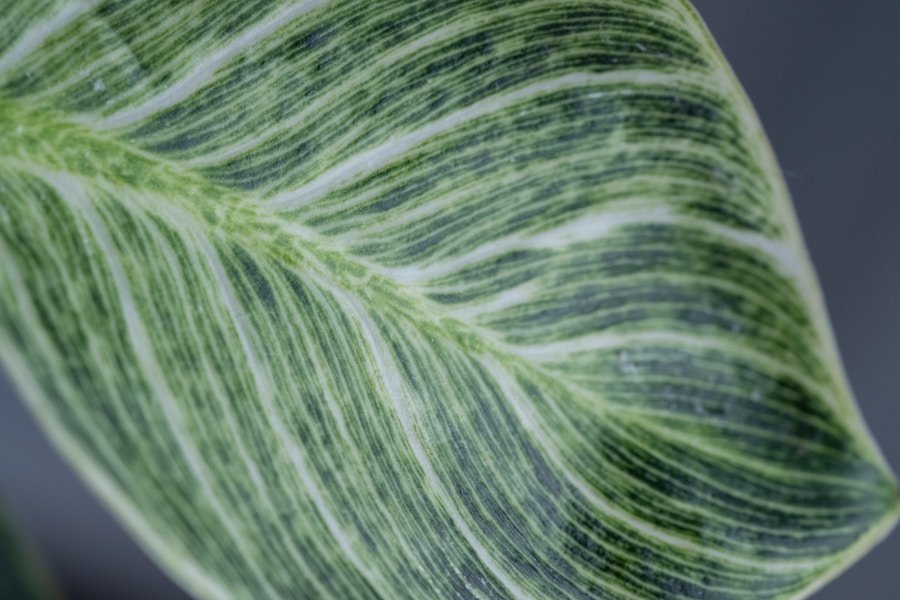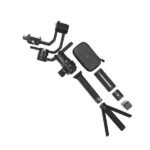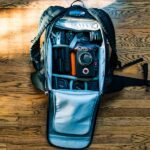Macro photography is a specialized form of photography that involves capturing small subjects at a very close range. This type of photography allows for the capture of intricate details that are not visible to the naked eye. It requires a specific set of equipment and techniques to achieve stunning results. Macro photography is often used to capture the beauty of nature, such as flowers, insects, and other small creatures, but it can also be used to capture the details of everyday objects in a unique and artistic way. The key to successful macro photography is having the right equipment and understanding the techniques needed to capture stunning close-up images.
Essential Equipment for Macro Photography
When it comes to macro photography, having the right equipment is essential for achieving high-quality results. One of the most important pieces of equipment for macro photography is a macro lens. These lenses are specifically designed to allow for close-up focusing and are essential for capturing small subjects with great detail. In addition to a macro lens, a sturdy tripod is also essential for macro photography. This helps to stabilize the camera and prevent any blurriness that can occur when shooting at such close distances. Another essential piece of equipment for macro photography is a remote shutter release. This allows the photographer to take photos without physically touching the camera, which can help to prevent any unwanted movement that could result in blurry images.
Choosing the Right Macro Lens
When it comes to choosing the right macro lens for your photography needs, there are a few key factors to consider. One of the most important considerations is the focal length of the lens. A longer focal length will allow for greater magnification and a narrower field of view, which can be beneficial for capturing small subjects with great detail. However, a longer focal length can also make it more difficult to achieve sharp focus and may require a greater distance between the camera and the subject. On the other hand, a shorter focal length will provide a wider field of view and make it easier to achieve sharp focus, but may not offer as much magnification. Another important consideration when choosing a macro lens is the maximum aperture. A wider maximum aperture will allow for more light to enter the lens, which can be beneficial when shooting in low light conditions or when using shallow depth of field techniques.
Macro Lighting Options
Lighting is a crucial aspect of macro photography, as it can greatly impact the overall quality of the images. There are several different lighting options that can be used for macro photography, each with its own advantages and disadvantages. One popular option is natural light, which can produce beautiful, soft lighting that is ideal for capturing the delicate details of small subjects. However, natural light can be unpredictable and may not always be available when shooting in certain conditions. Another popular lighting option for macro photography is using a ring light or macro flash. These types of lighting provide even illumination and can help to eliminate any harsh shadows that may occur when shooting at such close distances. Additionally, using a diffuser or reflector can help to soften and control the light, resulting in more flattering and natural-looking images.
Tripods and Camera Support for Macro Photography
When it comes to macro photography, having a sturdy tripod or camera support system is essential for achieving sharp and detailed images. Shooting at such close distances can make even the slightest movement result in blurry images, so having a stable support system is crucial. When choosing a tripod for macro photography, it’s important to consider factors such as stability, weight, and flexibility. A tripod with a center column that can be positioned horizontally can be particularly useful for shooting at low angles and capturing unique perspectives. Additionally, using a focusing rail or slider can help to fine-tune the composition and focus when shooting at such close distances.
Accessories for Enhancing Macro Photography
In addition to essential equipment such as a macro lens and tripod, there are several accessories that can help to enhance the quality of macro photography. One useful accessory is a set of extension tubes, which can be used to increase the magnification of a standard lens and allow for closer focusing distances. Another useful accessory for macro photography is a remote shutter release, which allows the photographer to take photos without physically touching the camera, reducing the risk of camera shake. Additionally, using a polarizing filter can help to reduce glare and reflections when shooting in bright or reflective conditions, resulting in more vibrant and detailed images.
Tips for Getting the Best Results with Macro Accessories
When using accessories for macro photography, there are several tips that can help to achieve the best results. One important tip is to take your time and experiment with different techniques and accessories to find what works best for your specific needs. Additionally, it’s important to pay attention to the lighting conditions and make adjustments as needed to achieve the desired results. Using a tripod or camera support system is essential for achieving sharp and detailed images when shooting at such close distances, so be sure to invest in a high-quality support system that meets your specific needs. Finally, don’t be afraid to get creative and try new techniques and accessories to achieve unique and stunning macro images. With the right equipment and techniques, macro photography can be an incredibly rewarding and artistic form of photography.








